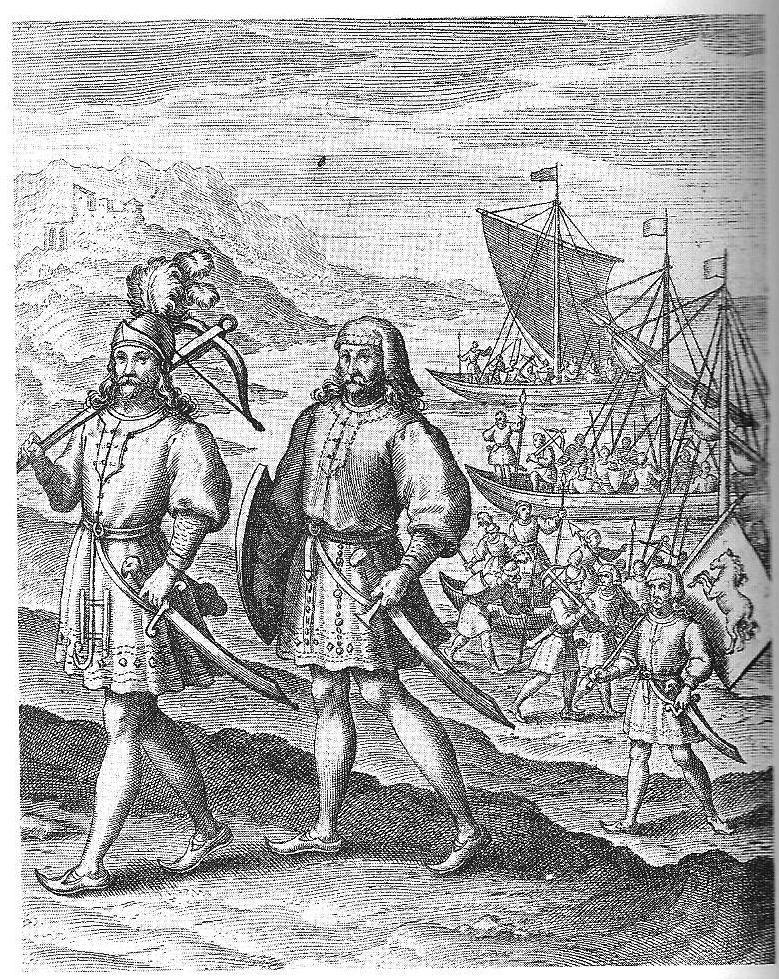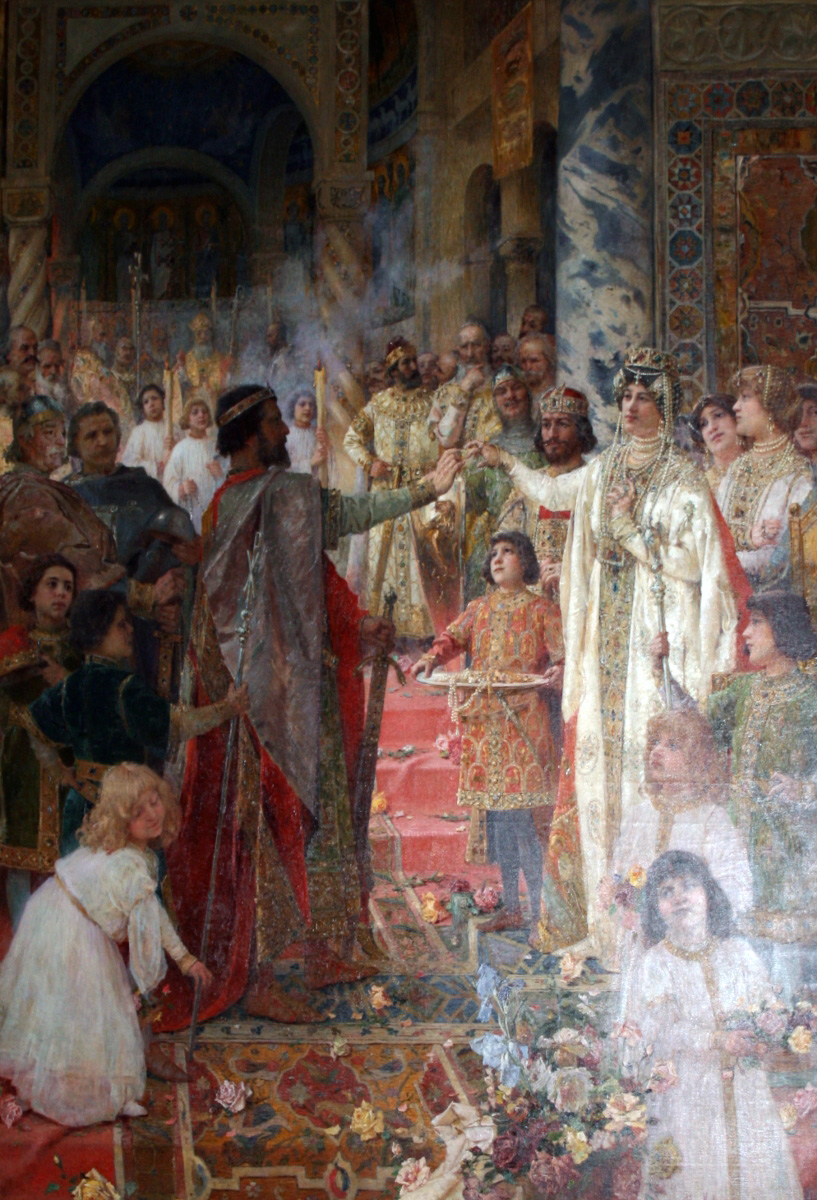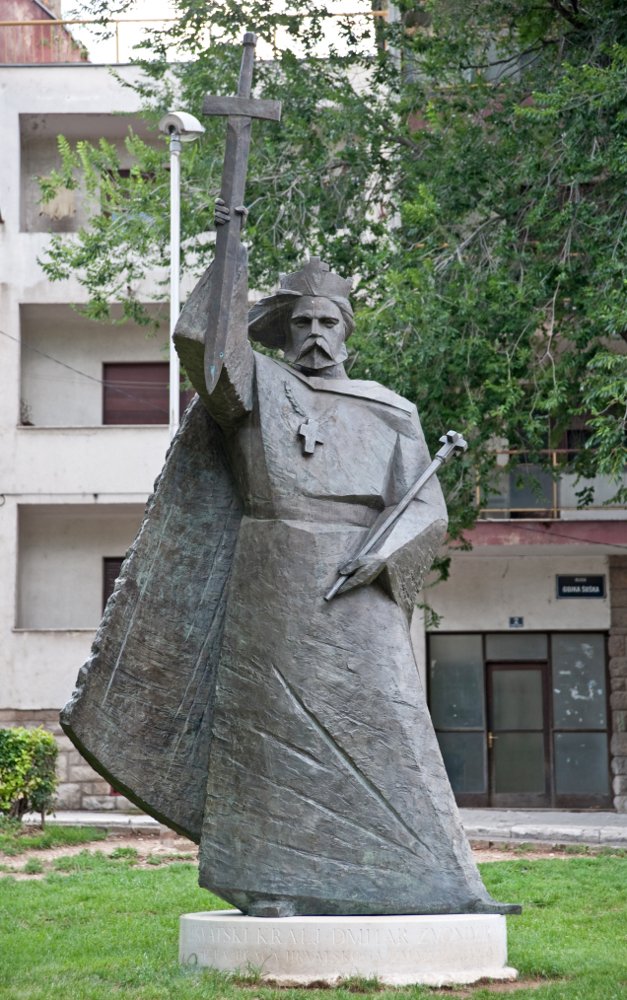
An illegitimate son of a King, set for a monastic life. But as the leader of a Christian military order, becomes a popular claimant to the throne in a succession crisis; breaking the monastic vows and sealing an historic alliance that would last for centuries with his marriage.
https://twitter.com/Arby_K/status/1339759892597338113
João de Aviz was born in 1357 to King Pedro of Portugal and his mistress Teresa Gille Lourenco. In 1364, he was made the Grand Master of the Order of Aviz, a Portugal based monastic military order. 1/10 

In 1367, João's legitimate half brother, Fernando, succeeded their father as King. King Pedro also had two other sons, legitimized by their parents' alleged marriage. King Fernando would ally himself with John of Gaunt in the latter's claim of the Castilian throne. 2/10 

But defeat in battle in 1372, with Castile almost seizing Lisbon, and political negotiations over the course of a decade, with many changes in alliance, would finally see Fernando's only legitimate child, Brites, marry King Juan of Castile in 1383. 3/10 

King Fernando's death the same year and the likely merger of Castile and Portugal led to unrest among many in Portugal. With João's other brothers in Castile, João became the popular choice for King. Though the initial victory came to João, Lisbon was soon under siege. 4/10 

It was during this time João would renew his brother's relations with the English. John of Gaunt would send some support to the Portuguese effort. By the end of 1384, the siege of Lisbon had been done away with, by João's men led by Nuno Alvarez Pereira, and plague. 5/10 

In 1385, the Cortes of Coimbra would elect João as King. After a decisive victory in battle at Aljubarrota, João would be finally be crowned as King of Portugal. 6/10 

João would seal his first diplomatic alliance with his marriage of Philippa, daughter of John of Gaunt. The Treaty of Windsor in 1386 would be the base for Anglo Portuguese relations after that. João's long rule would also provide the impetus for a multi continental empire. 7/10 

The first was the conquest of Ceuta in 1415, which gave Portugal a foothold in Africa. His younger son, Henrique, would play an important role in Ceuta and in the subsequent "discoveries" of Madeira (1418), Azores (1427) & Cabo Verde (1444) in Atlantic and their settlement. 8/10 

The House of Aviz would rule Portugal till 1580, when the Spanish Habsburgs inherited it. But Portuguese independence would be restored under João, Duke of Braganza, descended from the senior João's illegitimate son, Affonso, though Ceuta would choose to stay with Spain. 9/10 

The alliance with England would play an important role in the restoration with João's daughter Catarina marrying the restored English King Charles II in 1662, with Bombay and Tangier given away as dowry to England. 10/10 

• • •
Missing some Tweet in this thread? You can try to
force a refresh














